Expert’s Rating
Pros
- Nice, grippy design
- Good battery life
- Great performance
- Dependable main camera
Cons
- Bloated, cluttered software
- Doesn’t get dim enough
- Poor ultrawide camera
- Ads throughout the software
Our Verdict
The Poco X7 Pro gets a lot right, with great performance, strong battery life, a decent display and a capable main camera sensor. But compared to its competition, it makes a few fumbles, including a low-quality ultrawide camera and software that’s full of ads and bloatware.
Price When Reviewed
This value will show the geolocated pricing text for product undefined
Best Pricing Today
Price When Reviewed
Around $400
Best Prices Today: Poco X7 Pro
$395.05
Making an interesting smartphone is no mean feat in 2025. There’s a sea of competition globally, with manufacturers releasing dozens of models at every price bracket in any given month.
Putting together a device that doesn’t get quickly forgotten about is already an achievement. But producing something that stands out takes a careful combination of hardware and marketing that few consistently achieve.
But Xiaomi sub-brand Poco is no stranger to making headlines. The Poco X7 Pro might have an affordable price tag, but it has a lot to offer.
As ever, the goal is to outsell the competition and get as much attention as possible, and so a great many claims have been made, regarding its power and prowess. I’ve been using it as my own phone to see if it’s worth you spending money on.
Design & Build
- 8.29mm
- 195g
- All plastic build
Unlike with flagship smartphones, where designs tend to follow clear trends and offer only iterative changes, at the mid-range, things tend to be a little different. Year in and year out, shapes, colours and materials can change at the drop of a hat; last year’s model might be totally different to what is released this year.
Thus, it comes as little surprise that the Poco X7 Pro is quite different from its predecessor, and exceedingly unlike its cheaper sibling, the X7.
To start, though the rear is plastic, it’s of the type marketers call ‘vegan leather’ (read ‘textured plastic’). Regardless of nomenclature, it’s a net positive, as it gives the device a pleasant feel in the hand, and more importantly, oodles of grip.
Where on one end of the spectrum there are glass-backed smartphones which dive from any available surface at a moment’s notice, the X7 Pro exists as a karmic opposite.
On my review unit, the texture was divided into a yellow section and a black section, each with different textures, giving it the appearance of a rangefinder camera. You can also buy it in green or black.
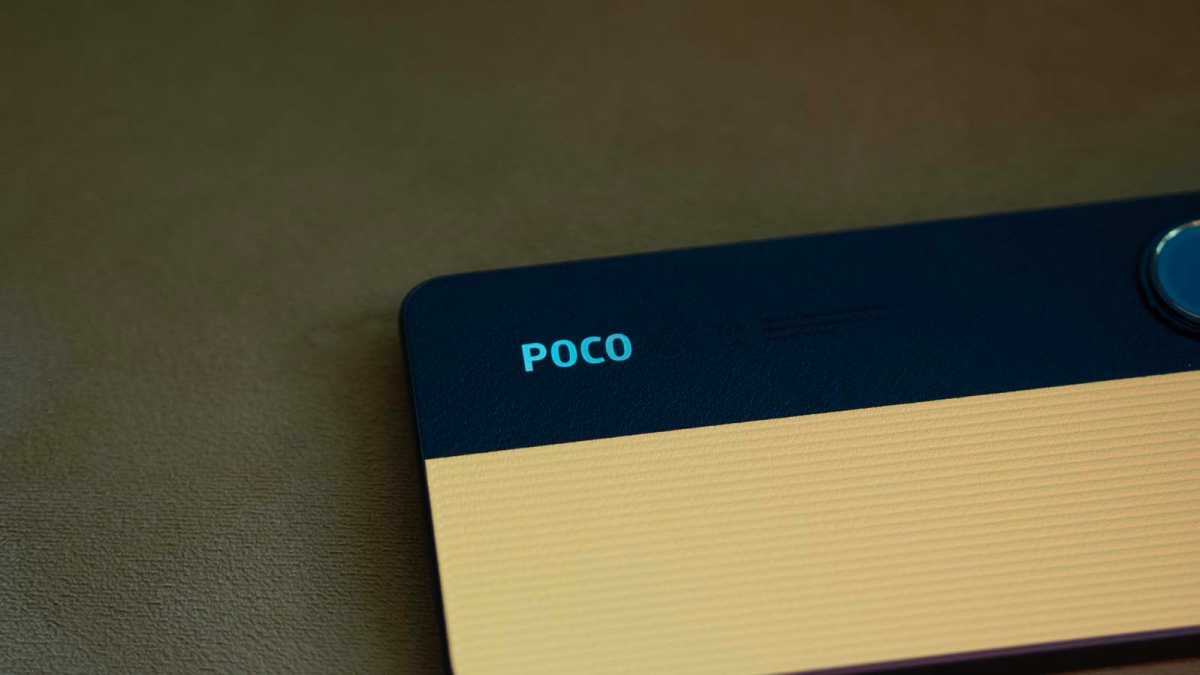
Sean Cameron / Foundry
At 195g it was heavier than expected when I first picked it up, but as the device is balanced well, one-handed usage didn’t prove to be too much of a problem – far from a given with a big phone like this.
General usability is aided in no small part by the 8.29mm thickness and the fact that, unlike its cheaper sibling, the Poco X7, its sides are flat.
Though this isn’t a phone you’ll confuse for something twice the price, it’s practical and usable in a way that many are not. It’s one of those rare options you could even theoretically use without a case (perish the thought), given the relatively non-fussy materials used.
To cap off the sturdiness, Gorilla Glass Victus 2 is used on the front of the X7 Pro, meaning it should theoretically take a tumble better than other options, and it comes with IP68 dust and water resistance, far from a given with Xiaomi.
Screen & Speakers
- 6.67-inch
- 1.5K AMOLED display
- 120Hz refresh rate
As might be expected from a device with Xiaomi branding, the Poco X7 Pro is not short of marketing jargon proclaiming the superiority of its screen above all others. Ignoring all of that, however, it’s a pleasure to say that on its own merits, the display on the X7 Pro is rather nice.
With a resolution of 1.5K, just a tad higher than the omnipresent 1080p, pretty much any kind of content was crisp and easily legible. There’s a few modes promising to ‘upscale’ content, but they provide little to no benefit in my experience, so can easily be ignored.
As the screen is AMOLED, it has deep inky blacks, great contrast and I found that colour reproduction is a strong suit, neither too washed out nor too saturated. There’s HDR10 support, meaning that supported content looks great.
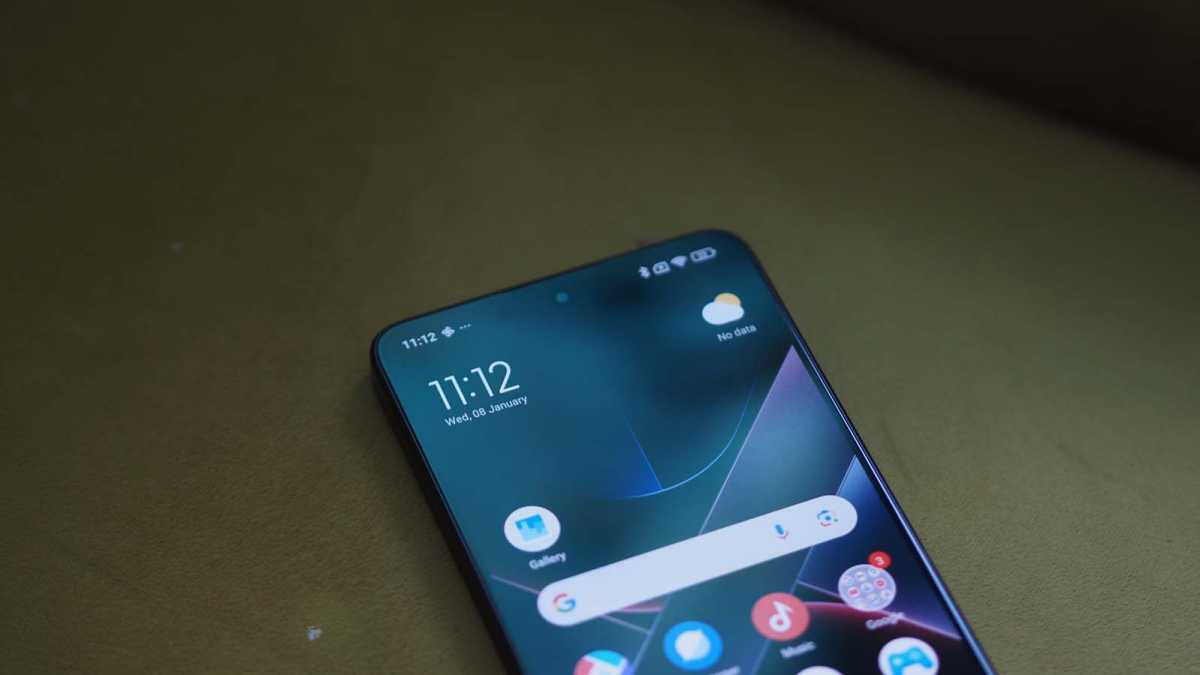
Sean Cameron / Foundry
Refreshing at 120Hz, the screen isn’t the fastest on the market, but the difference between these and 144Hz options is negligible. Most games don’t support anything more than 60Hz, meaning that, for the most part, only the interface will move at this speed. Regardless, the phone feels fast as might be expected.
With a typical brightness of up to 700 nits in manual mode, and up to 100 nits in high brightness mode (triggered by bright lights), there was no lighting condition I found that the X7 Pro didn’t get bright enough for.
That brightness was something of a double-edged sword, however, as the lowest brightness setting still was too bright for reading in bed and other low light situations, which may bother some.
Lastly, and thankfully, the X7 Pro comes with stereo speakers, which aren’t the most detailed in the world but get loud enough to make watching video around the house a fun experience.
Specs & Performance
- Mediatek Dimensity 8400 Ultra processor
- 8GB of RAM as a minimum
- 256GB storage minimum
‘Pro’ as a moniker is overused almost to the point of meaninglessness in smartphones – who are these pros? What makes a phone ‘Pro’? For the most part, and with the X7 Pro, power is the differentiator.
Where the Poco X7 makes do with a less capable processor, the X7 Pro utilises a Mediatek Dimensity 8400 Ultra chip, fabbed on a 4nm node and with an octa-core design. That’s backed up by 8GB of RAM by default and 256GB of storage, however, you can also get a 12GB/512GB, which you’ll need to decide upon purchase as there’s no expandable storage.
In everyday use, the X7 Pro typically flies, from heavy games to productivity tasks, there was nothing I could throw at it which would see it fazed even slightly. That is mostly par for the course for mid-range smartphones nowadays; the times of chugging and struggling have long since passed.
Though it doesn’t quite have as much power as a flagship (you’ll need to drop graphics settings to get the highest frame rates in some games), it’s nonetheless a device that will have enough power for nearly all of your needs.
I was able to play PUBG at the highest settings without a hitch, and Genshin Impact similarly performed well even at higher settings. If you know you need absolutely the most performance possible from a smartphone, look elsewhere but this is excellent bang for your buck.
An upside is thermal performance, even if you push this phone hard for a long time it’s difficult to get it hot under the collar, which speaks well of the abilities of the cooling tech built in.
Poco X7 Pro benchmarks
Cameras
- 50Mp Main
- 8Mp Ultrawide
- 20Mp Selfie
It’s a well-known adage that sometimes more is less, and in comparison to its sibling, the X7, the Poco X7 Pro is ample proof that it remains true.
Where the X7 has a third camera like a superfluous vestigial nipple, the X7 Pro has two sensors, sensibly focusing on the absolute quality of one camera rather than trying to overcompensate.
That main sensor is the same as on the X7, a 50Mp Sony IMX882, but it has the advantage of the ISP built into the more powerful processor of the X7 Pro, in short, meaning nicer photos. It has an aperture of f/1.5 and is accompanied by an 8Mp ultrawide and an aperture of f/2.2, while the front-facing sensor is 20Mp.
This all makes for a fairly standard setup, but thankfully, performance was beyond what I had initially expected.
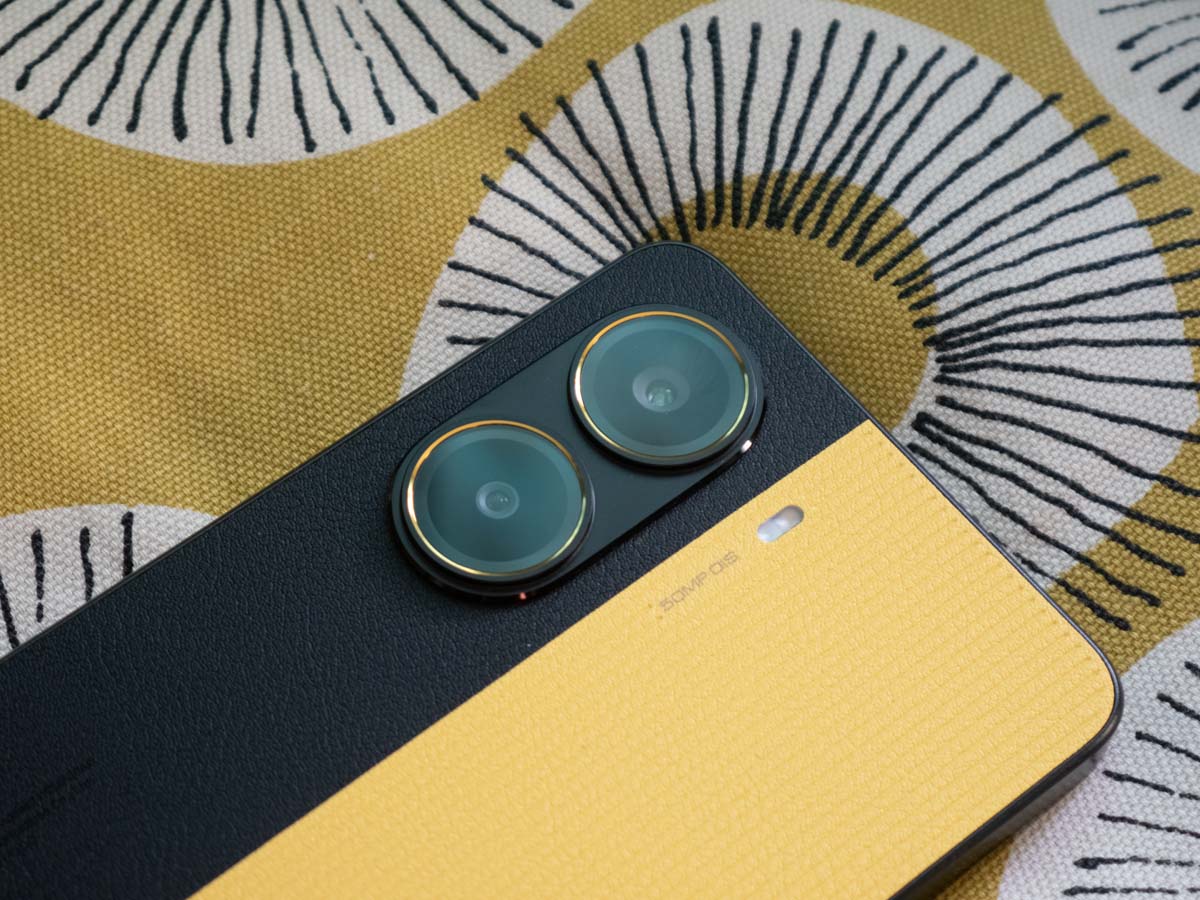
Sean Cameron / Foundry
To begin, images from the main sensor have plenty of detail without as much of the oversharpening which can accompany images from budget smartphones. It doesn’t match the heights of the likes of the iPhone 16 Pro, however, for the price bracke,t it’s a solid showing.
For the most part, colour is well-represented too, with a nice degree of saturation without going overboard, that is, unless you activate the ‘AI Camera’ mode. A quad-bayer sensor, images are captured at 12.5Mp by default via pixel binning.
Dynamic range is similarly good, with the auto-HDR working to balance out the exposure in difficult scenes, without flattening out contrast too much. In low-light, the positive picture continues, with the Night Mode doing a good job of balancing saturation, brightness and detail in darker conditions.
As might be expected, the ultrawide, being a smaller sensor, doesn’t fare quite as well. Images produced have reasonable colour and dynamic range, but poor detail and as such are best used only in a pinch, with low-light situations avoided entirely.
A pleasant surprise was the selfie sensor, which has no marketing attached to it, but which produces images that have pleasant levels of detail without going overboard, natural colour rendition and wide dynamic range.
It’s unfortunate that video recording on the selfie camera is capped at 1080p/30fps, a specification from ten years ago.
Footage from the main sensor, on the other hand, can be taken at up to 4K/60fps, with the resulting video coming out as detailed, with nice saturation and good dynamic range and relatively minimal noise.
The X7 Pro doesn’t set out to be a camera-first smartphone, and it isn’t. What it is, however, is a device that which you can trust in most situations for capturing memories and can easily record a holiday.
Battery Life & Charging
- 6000mAh battery
- 90W fast charging
Battery sizes in smartphones tend to follow trends. There was the first device to hit 3000mAh, then they all had that, then 4000mAh, then 5000mAh and now we have hit 6000mAh. The X7 Pro comes sporting such a monstrous cell, promising battery life the likes of which mortals have nary seen.
During my testing, it was unfortunate that I didn’t experience anything life-changing, the runtimes of the X7 Pro were simply very good. In our PCMark battery benchmark it lasted an impressive 15 hours and 23 minutes.
In the real life, waking at 7am and going through a full day of working, messaging, watching video and the like, by 11pm I had 30% or so in the tank, which is very good given how hard it was pushed.
If you’re a medium to light user, you’ll be very pleased with the kind of battery life you can achieve. Backing up the big cell is a pleasantly fast recharge speed, of up to 90W with the supplied charger.
From zero, and using the ‘Boost’ charge function when prompted, the battery hit 94% within 27 minutes, which is quite impressive and definitely enough to make a difference when the situation calls for it.
Software & Apps
- Android 15
- Runs Xiaomi HyperOS
Like every phone of Xiaomi heritage, the X7 Pro comes running a particular ‘flavour’ of Android, in this case titled ‘HyperOS’, and like many such options, it is a grab bag of some good ideas, and many bad ones.
What’s immediately apparent is that iOS was a large source of ‘inspiration’, with many elements of Apple’s software being copied outright. An example is the notification shade, a swipe down from the top right will instead bring up a ‘Control Centre’ while from the left will summon the actual shade, very confusing.
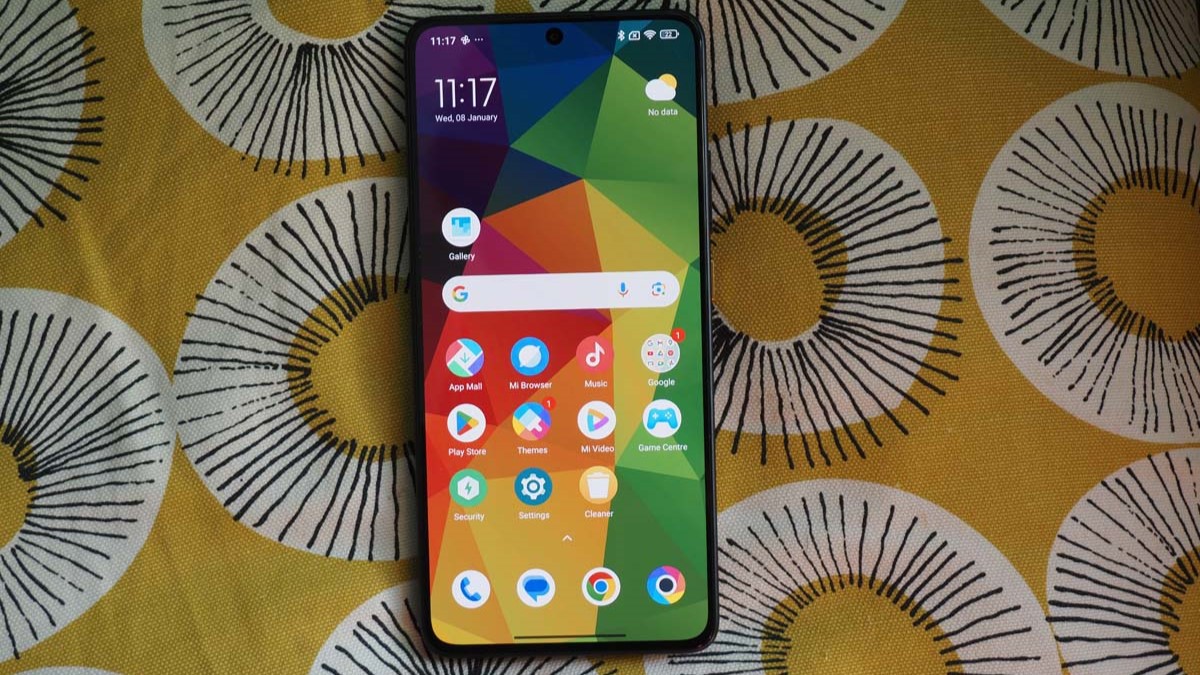
Sean Cameron / Foundry
A lot of proprietary and system apps are baked in and sit alongside equivalent options from Google. There are two app stores two browsers and this continues on and on.
Many of the Xiaomi apps are poor imitations and display ads by default. In fact, you’ll find a lot of ad notifications throughout the phone, clearly a sacrifice to keep costs down, but one which has unpleasant consequences.
What it leaves you with is a device that is easy enough to navigate in your day-to-day, but which throws up duplicates of apps and ads, providing complications to the user experience which just shouldn’t exist. Where the likes of Nothing have pared everything back but still kept a hint of personality, Xiaomi has added the kitchen sink, doors, pipes and stopcock.
Given how nice the hardware is, and how generally performant the device proves to be, it’s an unfortunate stumbling block to encounter.
Price & Availability
The Poco X7 Pro is available now with prices beginning at £309 for the base 8/256GB configuration, while the max 12/512GB option costs £349, which is lot extra for just £40 so do it if you can.
You can buy it from the official Mi Store as well as retailers such as Amazon UK.
The phone isn’t officially available in the US but you can buy unlocked models for around $400 on Amazon.
For the same price, you could get a Motorola Moto Edge 50 Neo, which has a superior camera system, software and a pocketable size. Or there’s the Nothing Phone (3a) which offers improved software and a distinctive design for almost the same price.
If you have a little more to spend, you might consider the Samsung Galaxy A56 or one of our other best mid-range phones.
Should you buy the Poco X7 Pro?
The Poco X7 Pro, is a smartphone that gets an awful lot right.
The basics are all present and correct, it has a good display, pleasant cameras, more than enough power, stereo speakers and great battery life. It can charge very quickly, and it takes good selfies too,
The big caveat is the software. Of the options on the market today, HyperOS is one of the most polarising and for good reason. It’s bloated, overstuffed and desperately needs a sense-check applied.
For a lot of people, that won’t matter as much. If you are coming from an older phone, you’ll appreciate the power and usability, however, if you’re a power-user, the software will do its best to drive you away.
As such, if you are looking for an all-rounder and don’t care too much about tinkering with your phone, the X7 Pro will serve you well. If you like to customise your phone, and to make it your own, it will do nothing but frustrate.
Specs
- Android 15
- 6.67-inch, 1220 x 2712, OLED, 120Hz
- Under-display fingerprint sensor
- MediaTek Dimensity 8400 Ultra
- 8/12GB RAM
- 256GB / 512GB storage
- Cameras:
- 50Mp main camera
- 8Mp ultrawide
- 20Mp selfie camera
- Up to 4K @ 60fps rear video
- Stereo speakers
- Dual-SIM
- Wi-Fi 802.11 a/b/g/n/ac/ax/be
- Bluetooth 5.4
- 6000mAh battery
- 90W charging
- 160 x 75 x 8.29 mm
- IP68 certified
- 195g
- Colours: Black, Green, Yellow


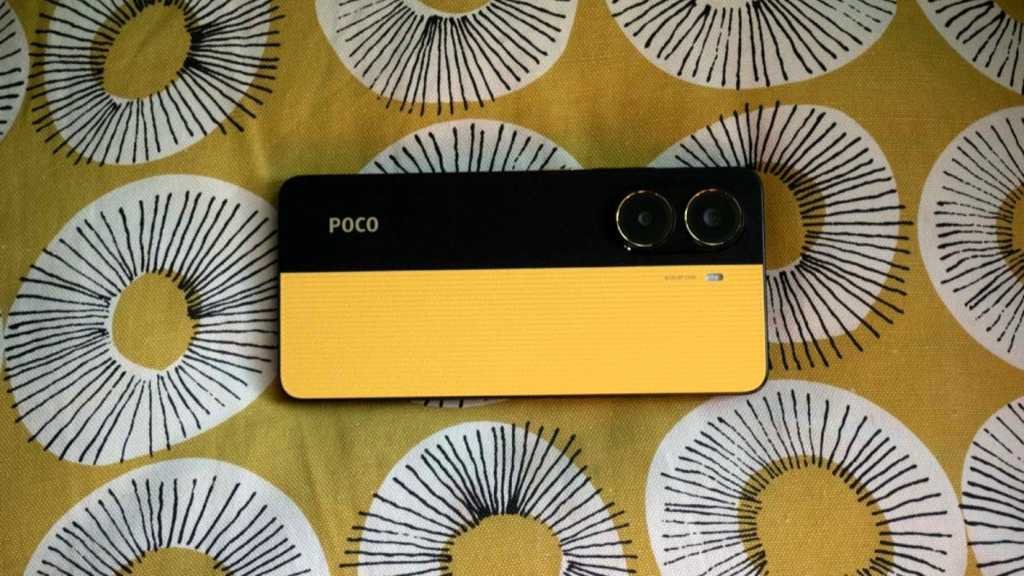









Leave a Reply